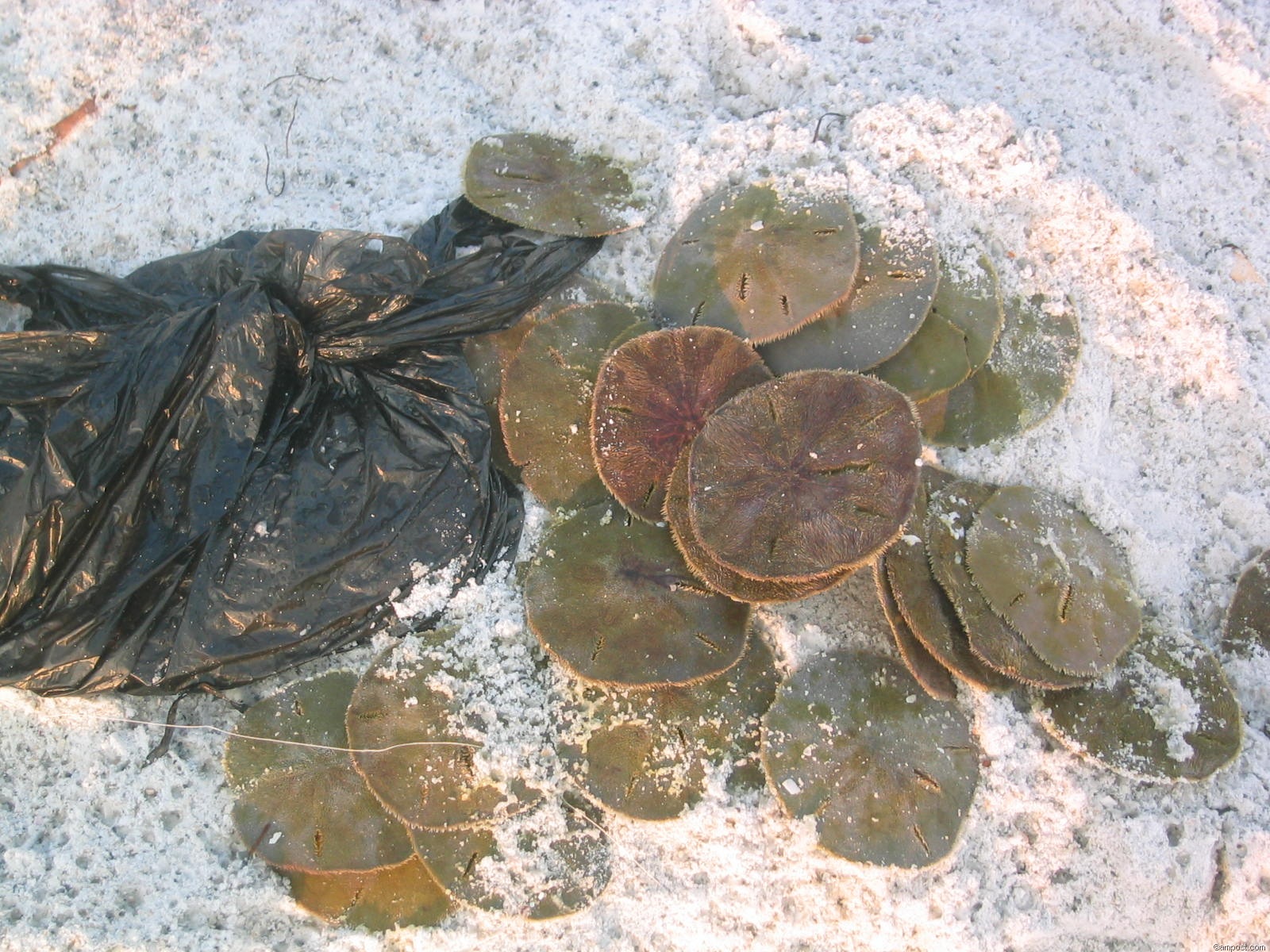Many islanders are breathing a sigh of relief after a recent computer model used by the National Oceanic and Atmospheric Administration (NOAA) predicted only a very low probability of oil or tar balls from the Deepwater Horizon reaching Anna Maria Island.
NOAA’s computer model map identifies the probability of problems in various sections of the Gulf and Atlantic Coast. Not surprisingly, the eastern Louisiana coast, the entire Alabama coast and the western half of the Florida Panhandle coast are given the highest probability, from 81 to 100 per cent.
What is surprising, however, are the regions with the second-highest probability of being contaminated by oil and tar. Areas in this group have a 61 to 80 percent chance of this, and they include the south central Louisiana coast and a very small zone in the central coastal part of the Florida Panhandle. Then comes the big surprise for this 61 to 80 percent prediction area: another large zone that runs from the Florida Keys up around the entire southeast coast of the state.
Anna Maria Island sits right on the border between two probability zones. The “below 1 percent” zone runs south from here. The “1 to 20 percent” zone runs north, beyond Tampa, almost to the Panhandle. What welcomed news this is.
These predictions were based on the assumption that the oil will continue to gush through late July at a rate of 33,000 barrels a day. Since it is based on historic wind and ocean current patterns, it’s not possible to anticipate what variation may occur with a major hurricane in the Gulf.
